I believe everyone’s eyes can tell a story. People may not be willing to share their story, but I always say that eyes are the window to the soul. However, as I scrolled through the pictures on instagram, I realized that when I saw a person who had lighter colored eyes, I would notice they had stunning eyes, and I had a sudden realization that we all are incredibly influenced by society. As I caught myself in that moment, I reflected upon how every time I have said “ouu they have pretty eyes” or “their eyes are gorgeous,” typically, those I complimented had lighter-colored eyes. I viewed light-colored eyes – from blue and green, to gray – as more admirable. At the same time, though, eyes of darker colors, such as dark brown eyes, I wouldn’t compliment nearly as much. I found myself asking why do I view dark colored eyes as less-than compared to lighter colored eyes when I knew each pair had their own equally important and beautiful story to tell?
In society, lighter colored eyes are viewed as “superior” or “prettier than” darker colored eyes. The concept of lighter eyes in comparison to darker eyes has parallel connotations to racism. There has always been a deep-rooted hatred of anything dark in western society. In essence, prejudice does not only pertain to skin color and pigmentation but to eye color as well. Colorism as defined by the National Conference for Community and Justice is “A practice of discrimination by which those with lighter skin are treated more favorably than those with darker skin. This practice is a product of racism in the United States, in that it upholds the white standards of beauty and benefits white people in the institutions of oppression (media, medical world, etc.)” Colorism is a concept that is less commonly known in the mainstream media. But the lack of acknowledgement and recognition of it is what continues to enable its presence. The greater ignorance people have of colorism, the less people will understand the inferiority complex it imposes on people with darker skin pigmentations. Although the definition takes into consideration the discrimination of darker skin complexion – most commonly within the same race or ethnic group – I felt that it would be fitting to expand this definition from not just skin complexion but also applicable to eye color, as there is an obvious prejudice involved there as well.
In my junior year of high school, I read the book “The Bluest Eye” by Toni Morrison. In this fictional piece the main character Pecola, is a dark-skinned girl raised in an era that praises and looks up to the white standard of beauty: blonde hair, blue eyes, and fair skin. This coming-of-age book has at its forefront a young African-American girl who is blinded and branded by society to think that she is considered unattractive because of her dark complexion and dark brown eyes. As a result, she yearns for blue eyes and forsakes her own beauty; hence, the name The Bluest Eye. According to British writer, Peter Frost, Europeans are unlike any race/ethnicity on earth because of their wide diversity of eye, skin and hair color. They have a tendency to have a higher number of light colored eyes whereas the rest of the population has darker colored eyes because of sexual selection. “A preference will become a choice only if one has a choice. This is the principle of sexual selection” There is a tendency that brighter colors are more attractive because they are more likely to stay in the mind longer than darker colors. Thus, since Europeans are more likely to possess light colored eyes, they are perceived as more attractive because of the vast genetic mutations of skin and eye pigmentations. Conversely, BIPOC and AAPI populations are more likely to possess light colored eyes, thus not meeting mainstream beauty standards. Here we see a more direct link between race and eye color cementing the role of colorist in eye color beauty standards.
In addition to scientific reasoning for eye color preference, society also doesn’t appreciate commonality. To become an “influencer” or “famous” one cannot be average, basic, or typical. If society chose people who were typical, then everyone would be valued and appreciated. Unfortunately, we don’t live in a perfect, fair, and issueless society. Simply, darker colored eyes are very common to the point that they tend to be undervalued and underappreciated. In Biology, students are taught that in genetic traits there are dominant and recessive traits. Dark brown eyes are dominant traits, and more likely to occur, while blue eyes are known to be recessive traits, and are less likely to occur in the world population. Henceforth, there is an overvalue place on the value of recessive traits, because they are more rare.
If I had been asked about the color brown when I was a freshman in high school, I would say it reminded me of something dull, dirt and coffee. But now, as a sophomore in college, I would say common, yet exceptional and beautiful. I have dark brown eyes, very typical. But it took me years to appreciate my eyes because I fell victim to the critics of society. I didn’t realize that society is ever-changing and that the western culture of beauty is deeply rooted into white beauty. This means, the viewpoint of gentleness, youthfulness, spotlessness, and fairness. In reality, it is impossible for anyone to achieve this beauty standard, because no one is flawless, but rather full of flaws.
The colorism of eyes not only exists, it is intrinsically tied to western beauty standards and devaluing of Black, Indeginous, and People of Color (BIPOC) and Asian American and Pacific Islander (AAPI) lives. Colorism is a small yet imperative piece of a larger puzzle of racism, inequality and privilege. Although mostly dismissed, if the concept of Colorism is not acknowledged and dismantled, it will continue to be a stumbling block in the United States’ journey for racial equality. Please don’t fall victim to it like me, in a pattern of societally imposed internal negativity. Remember: skin complexions and body shapes come in many ways, likewise do eyes. Whether your eyes are brown, blue, green, or the mixture of the three, they are beautiful. Take your eyes as they are. Value your eyes because they are uniquely yours.

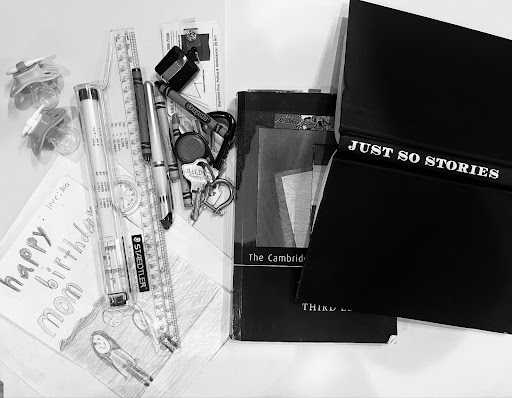
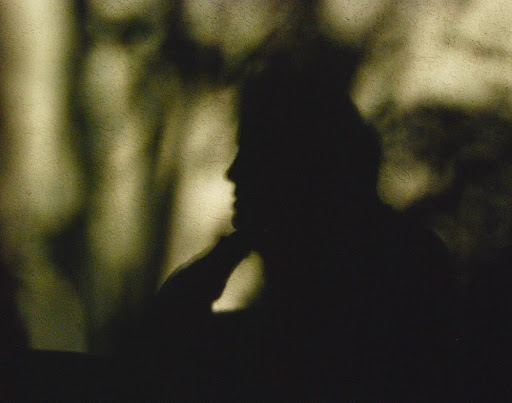


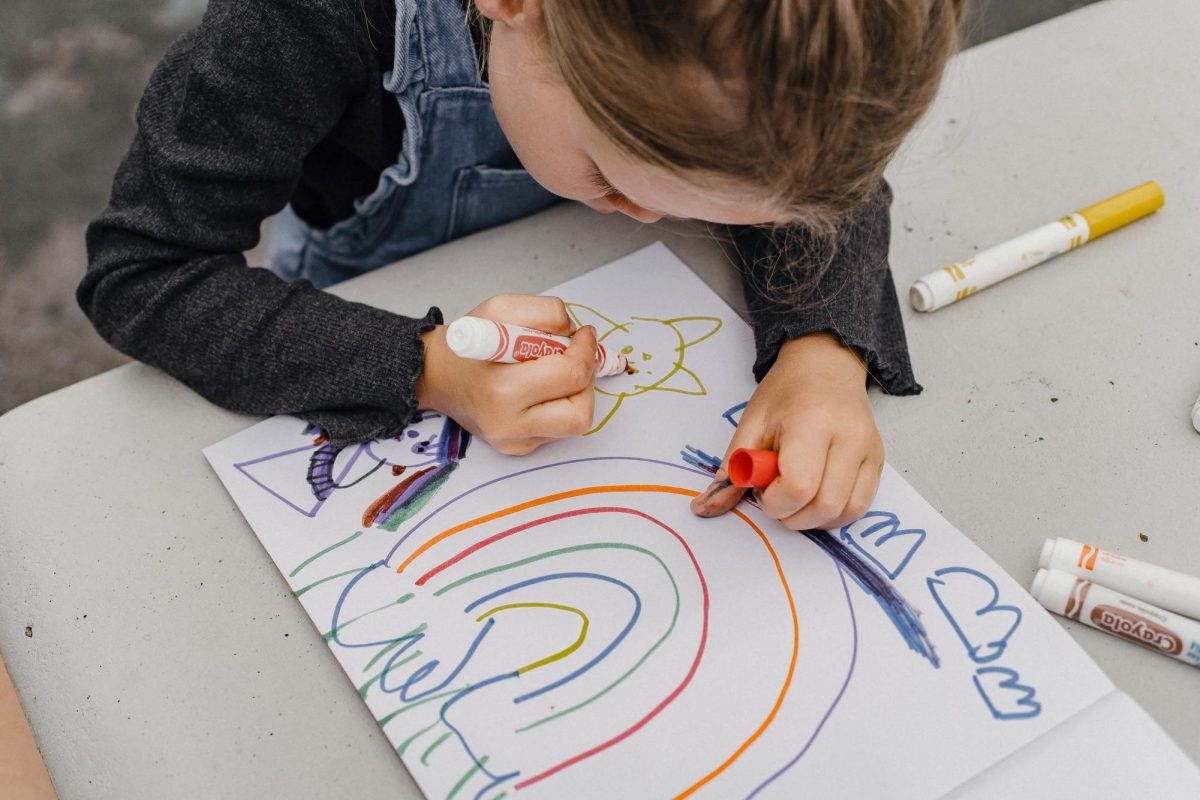

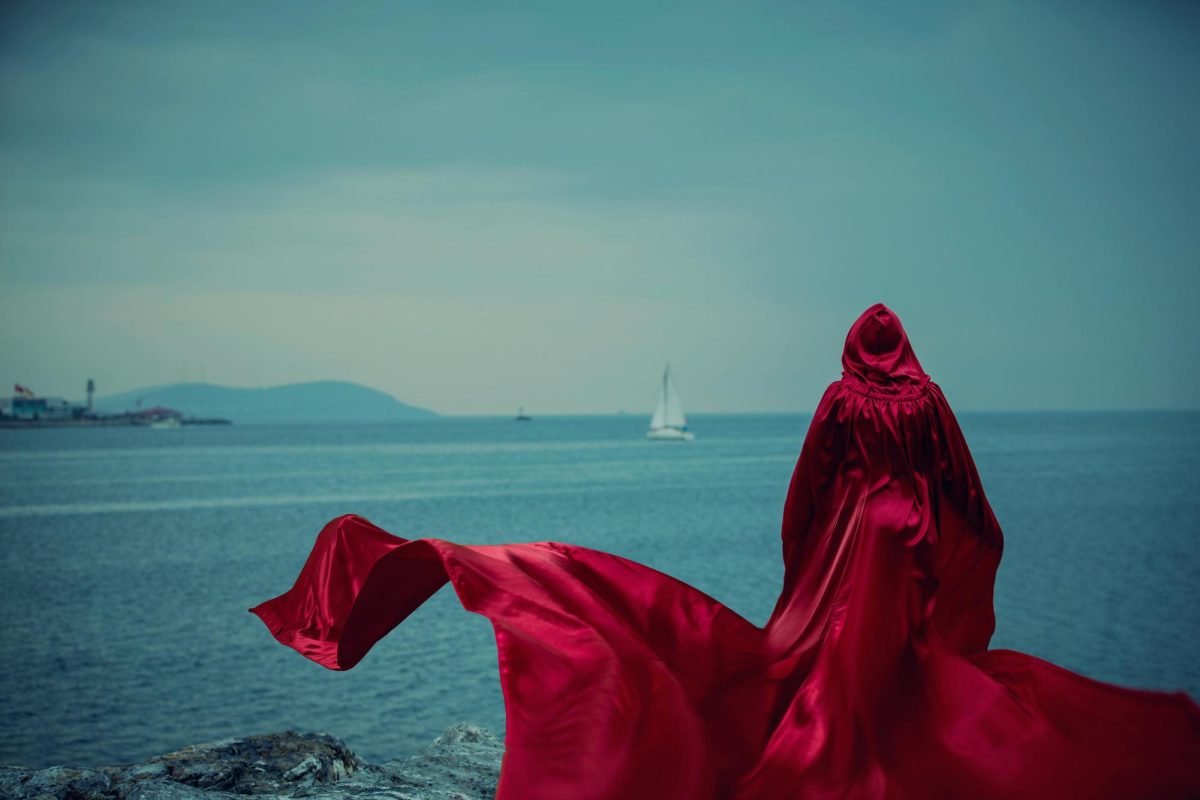
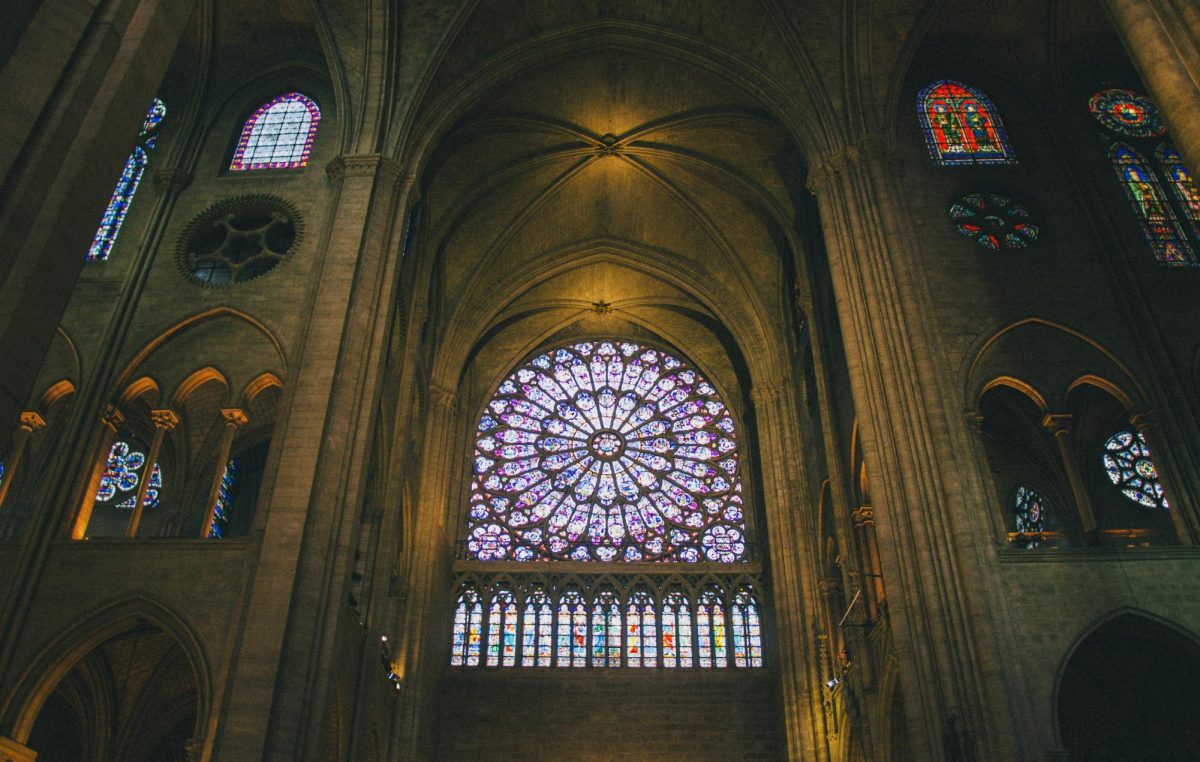


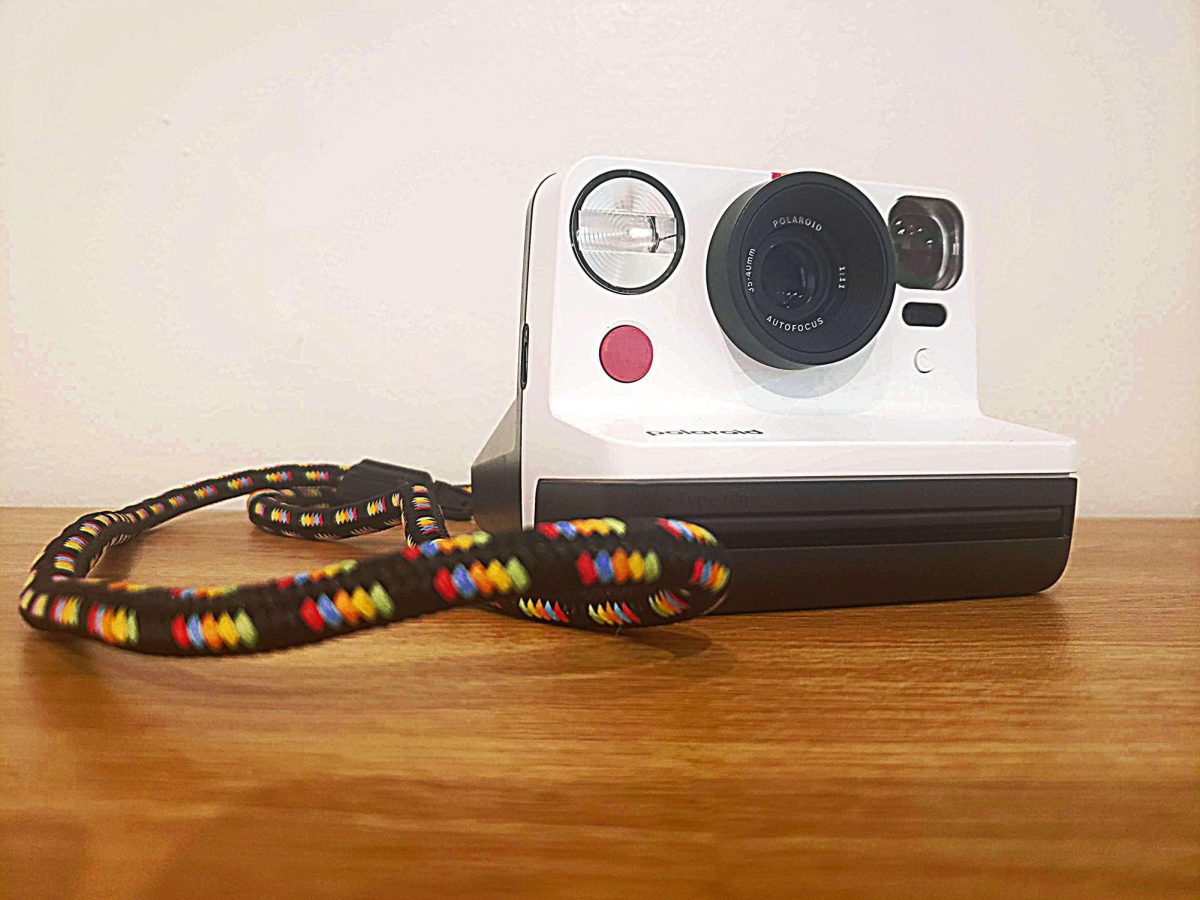



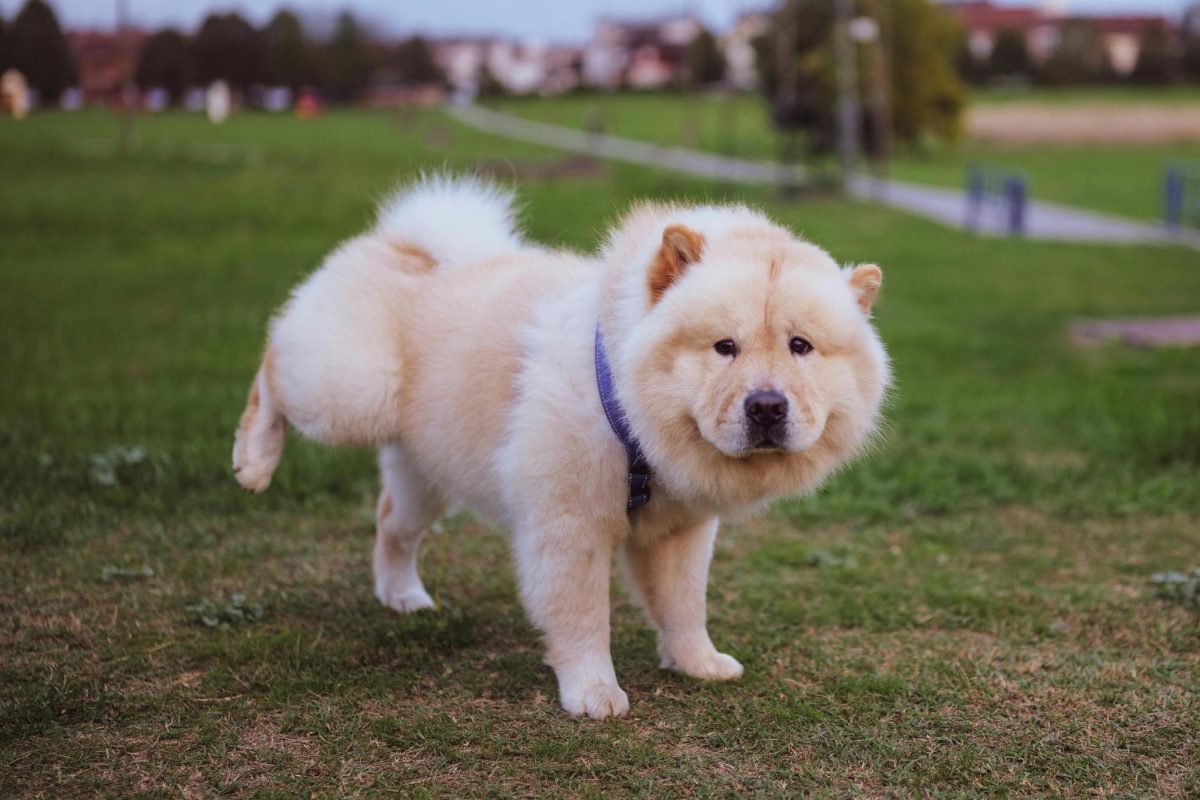






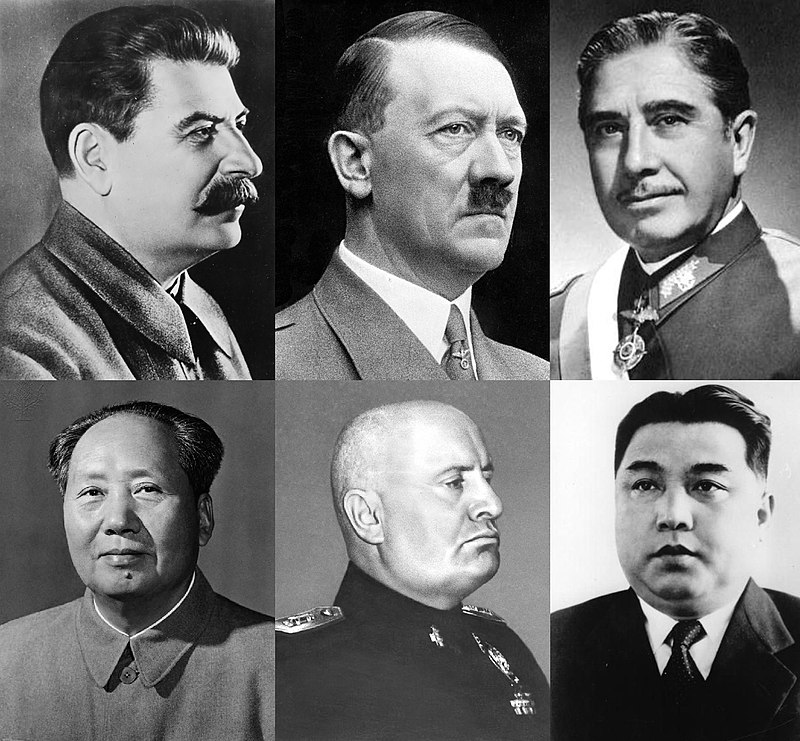


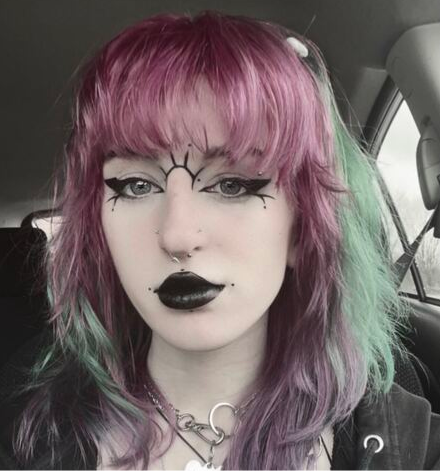
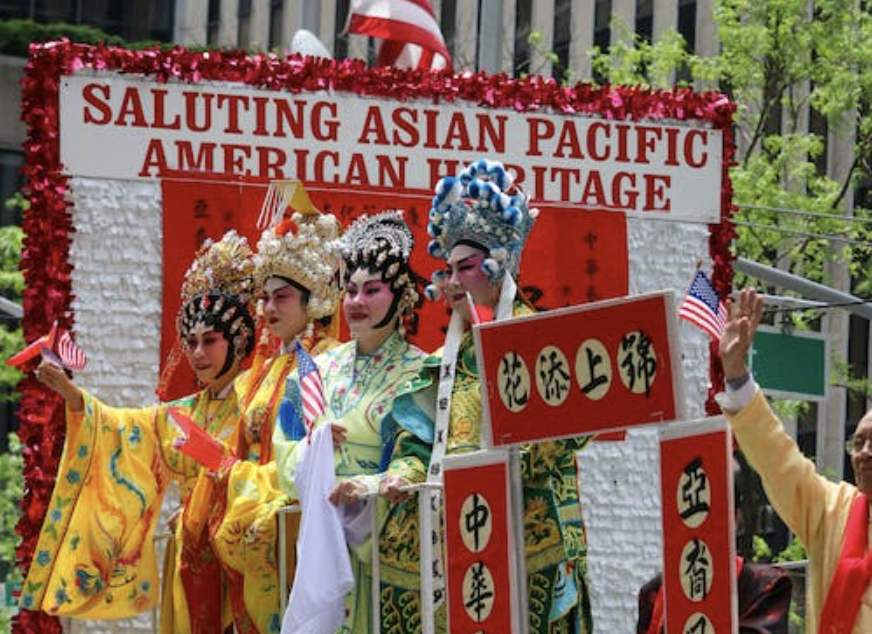
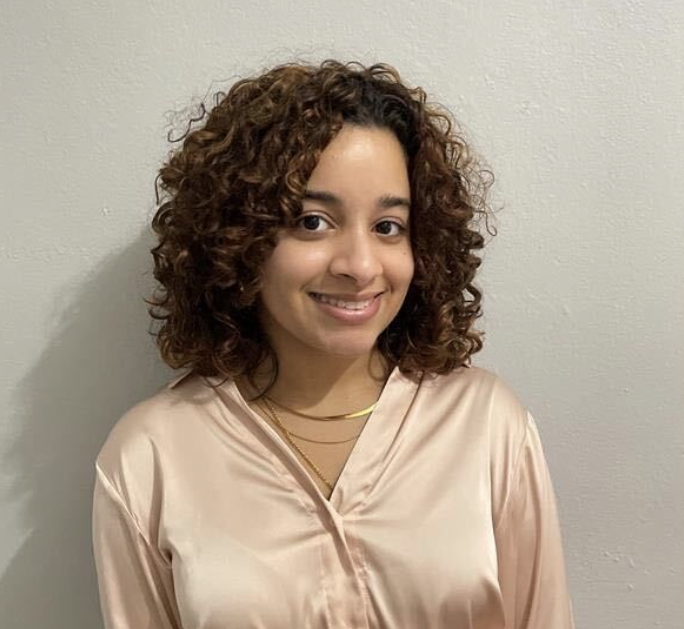
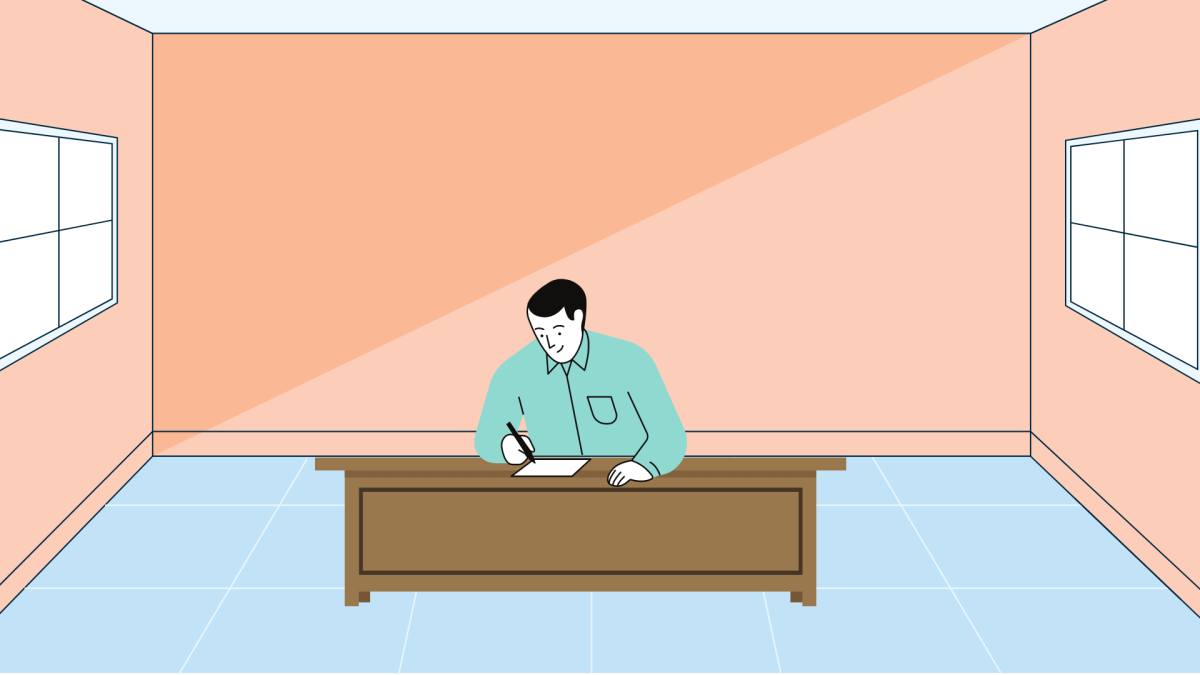
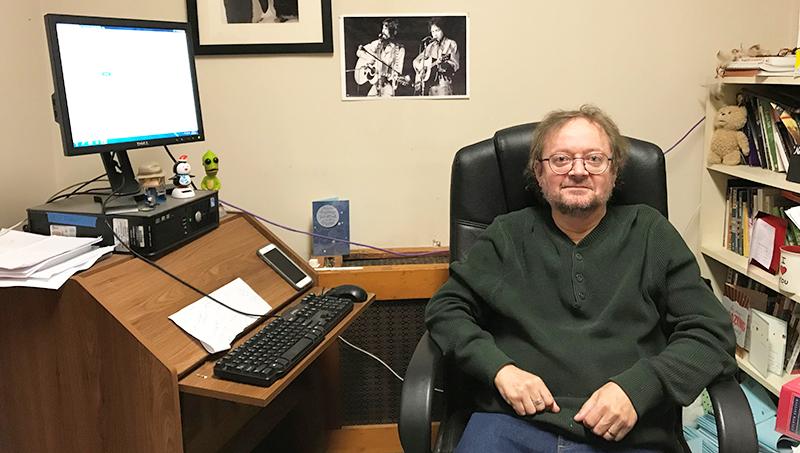
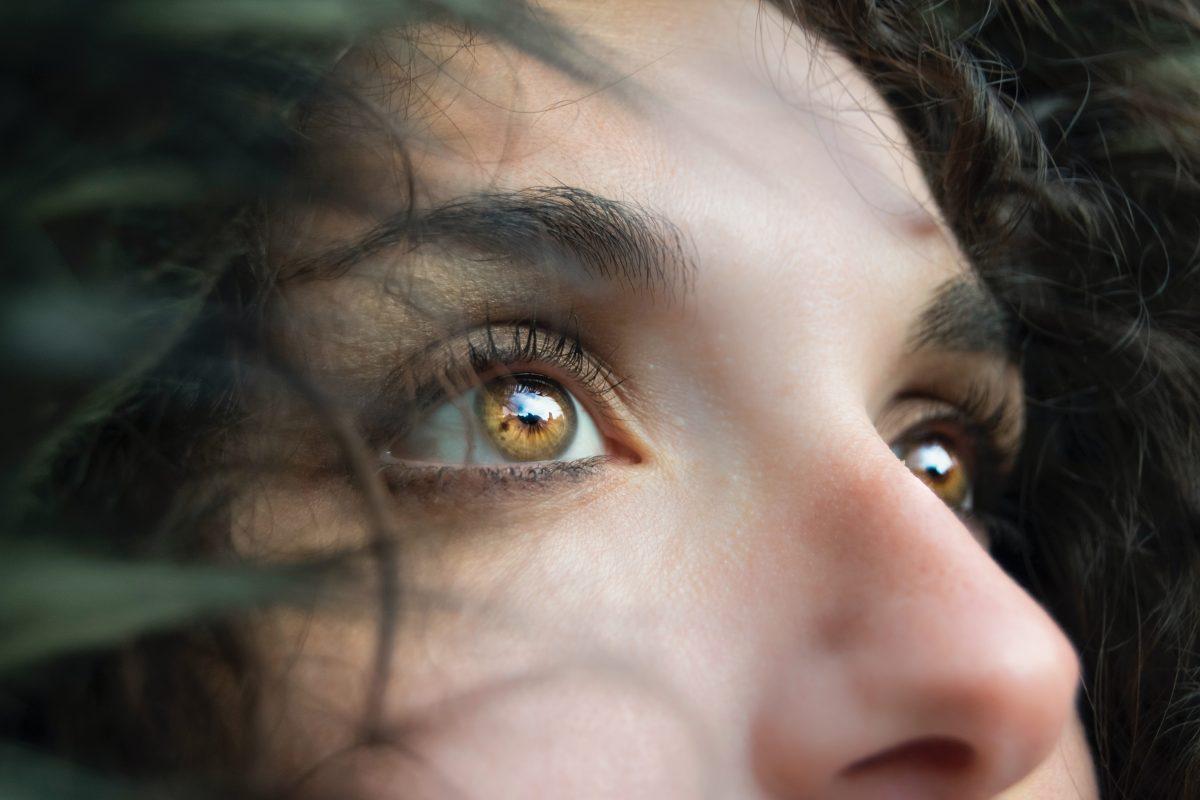

Lynne • Feb 8, 2023 at 11:58 am
Many of the world’s most admired beauties have brown eyes. Many rather unattractive people have blue eyes. Don’t sweat it.